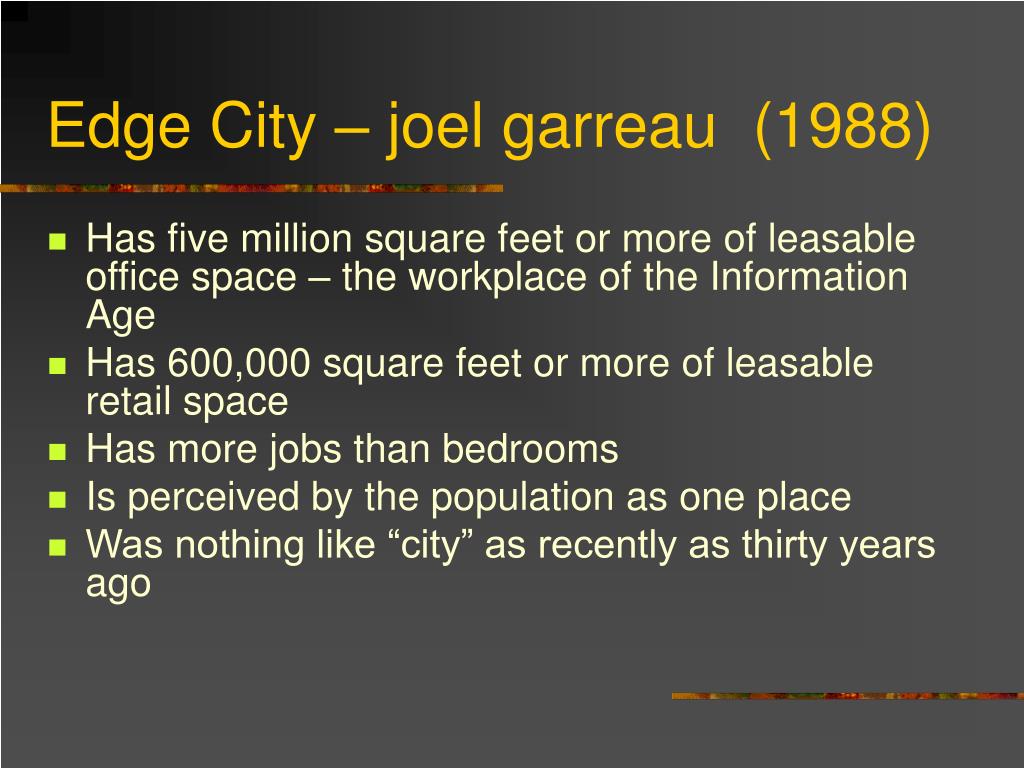

Only an additional 100,000 square feet have been generated so far in 2017, although there is 1.3 million square feet in the pipeline from the second Comcast tower alone. The rate of growth slowed down this year. These entrants claimed blocks of office space were split between those coming in from the suburbs, at 600,000 square feet, and from outside the region at 700,000 square feet. This is a remarkable shift for a city that’s largely seen the same companies shuffling from building-to-building for much of the last 50 years. In 20, Philadelphia’s market saw 1.3 million square feet of net new demand for office space from companies that hadn’t previously been established here. Five months later, they rolled up their operation near Princeton and moved all of their employees into the city. In January of 2016, IntegriChain plunged into the Philadelphia office market, opening a location in Center City. “It wasn’t the hardest thing in the world, but it could have been be easier and that was part of the push to move us to Philadelphia, so we could have a larger talent pool.” “It’s difficult to recruit in Princeton, particularly for the type of talent we are looking for,” said Fernandez.

But from their offices near Princeton, accessible only by car, IntegriChain struggled to retain, or even attract, Drexel co-op participants. They were hooked in to Drexel University’s co-op system, which seeks to connect undergraduate students with employers in their prospective fields while they are still working on their degrees. IntegriChain recognized that they had an especially hard time enticing young talent right out of school. “It was less people saying no, and more the applicant pool and the people interested to begin with that was kind of dismal.” “When we’d interview people, they’d say they were looking for a different area,” said Jennifer Fernandez, human resources manager at IntegriChain. The big cities were close but not, it seemed, close enough. Proximity to an Ivy League school (and its attendant talent) could only be a boon, while both New York and Philadelphia are reasonably close.īut by 2015 IntegriChain was having a tough time attracting fresh recruits to their bucolic corporate campus. A large number of pharmaceutical companies are based there, many of which are IntegriChain’s customers. In many ways, the Princeton area should have still been an ideal location for a health-focused tech company. (In his 1991 book on the phenomena, Garreau proclaimed cities like New York and Philadelphia “relics of a time past.”) Washington Post journalist Joel Garreau noted it as a model “edge city,” his catchy descriptor of the autocentric, exurban spaces that attracted much of the nation’s job growth in the late-20th century. In the 1980s, a network of office parks and mid-rise towers arose around Princeton with astonishing rapidity. The suburban location had once made a lot of sense. In early 2016, the health care technology company IntegriChain moved to Center City from an office park near Princeton.


 0 kommentar(er)
0 kommentar(er)
